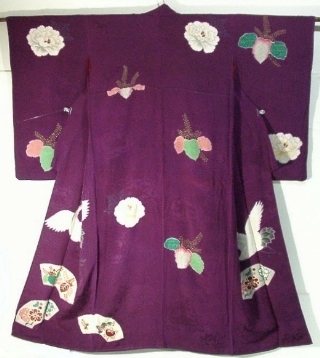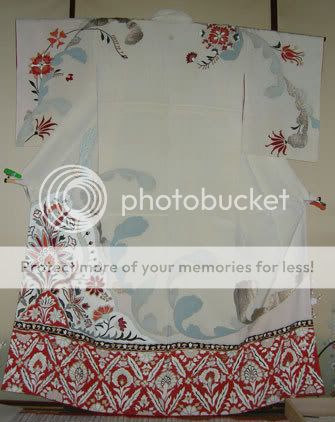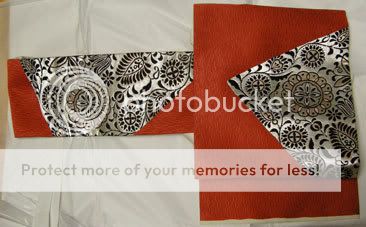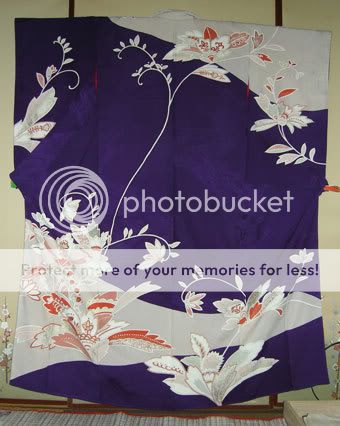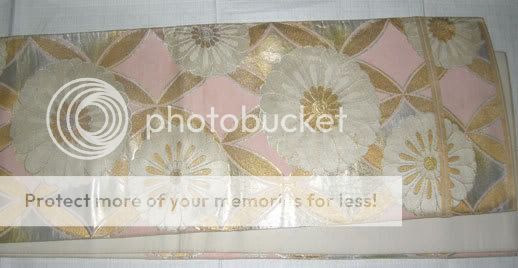LaMedicine
One Too Many
- Messages
- 1,116
I believe many of you are interested in kimonos.
I just finished uploading some pics of my mother’s kimonos. Since many of them date back to the ‘40s, they can be considered vintage, though here in Japan, kimonos considered truly vintage go back to the ‘20s-‘30s for the connoisseurs. There is a distinct difference in construction between pre ‘50s kimono and post ‘50s kimono, and my mother’s kimono span this period, so the pics will show some of the characteristics.
One thing to note, though. Kimonos can be and are, unraveled, roughly sewn into the original bolt without any missing pieces, washed, then sewn back together. This means that even if the kimono fabric dates back to a certain period, if it has been washed, refreshed and re-sewn at a later date, then re-sewn kimono may very well not retain the original characteristic of its original period. There are some kimonos in my mother’s wardrobe that have gone through this.
Here’s the link to the vintage kimono album.
Vintage Kimono
Along with it is another album of me in kimonos, from toddlerhood to now, which may help further your knowledge of kimonos.
Kimonos!!
I hope you’ll enjoy.
I just finished uploading some pics of my mother’s kimonos. Since many of them date back to the ‘40s, they can be considered vintage, though here in Japan, kimonos considered truly vintage go back to the ‘20s-‘30s for the connoisseurs. There is a distinct difference in construction between pre ‘50s kimono and post ‘50s kimono, and my mother’s kimono span this period, so the pics will show some of the characteristics.
One thing to note, though. Kimonos can be and are, unraveled, roughly sewn into the original bolt without any missing pieces, washed, then sewn back together. This means that even if the kimono fabric dates back to a certain period, if it has been washed, refreshed and re-sewn at a later date, then re-sewn kimono may very well not retain the original characteristic of its original period. There are some kimonos in my mother’s wardrobe that have gone through this.
Here’s the link to the vintage kimono album.
Vintage Kimono
Along with it is another album of me in kimonos, from toddlerhood to now, which may help further your knowledge of kimonos.
Kimonos!!
I hope you’ll enjoy.

